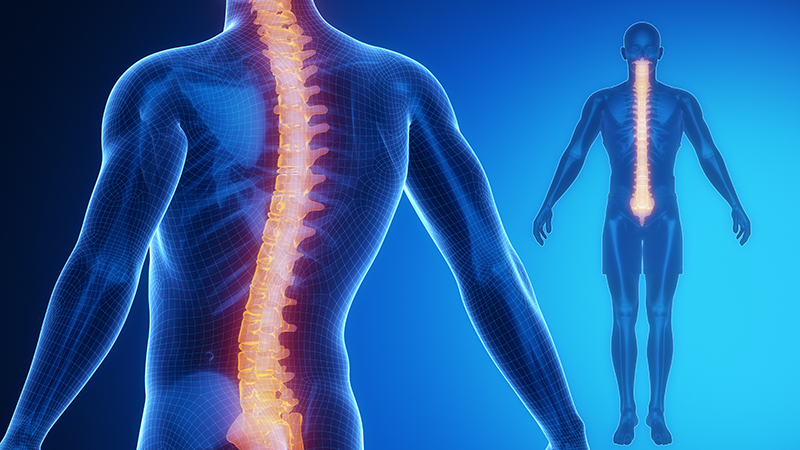Enhanced Detection of Bubble Emissions Through the Intact Spine for Monitoring Ultrasound-Mediated Blood-Spinal Cord Barrier Opening A team at Sunnybrook Research Institute, led by Meaghan O’Reilly, PhD, has begun to use focused ultrasound plus microbubbles to open the blood-spinal cord barrier (BSCB). The group recently discovered that microbubble emissions from short burst, phase keying (SBPK) focused ultrasound applications, which were previously studied to mitigate standing waves in the vertebral canal, are also effective for opening the BSCB. The preclinical study used a “pulse inversion” technique that, when combined with SBPK focused ultrasound, produced a clinically relevant pulse scheme. Could noninvasively opening the BSCB lead to novel drug delivery techniques? See IEEE Transactions on Biomedical Engineering >
A team at Sunnybrook Research Institute, led by Meaghan O’Reilly, PhD, has begun to use focused ultrasound plus microbubbles to open the blood-spinal cord barrier (BSCB). The group recently discovered that microbubble emissions from short burst, phase keying (SBPK) focused ultrasound applications, which were previously studied to mitigate standing waves in the vertebral canal, are also effective for opening the BSCB. The preclinical study used a “pulse inversion” technique that, when combined with SBPK focused ultrasound, produced a clinically relevant pulse scheme. Could noninvasively opening the BSCB lead to novel drug delivery techniques? See IEEE Transactions on Biomedical Engineering >
Focused Ultrasound and Microbubbles Open the Blood–Spinal Cord Barrier (BSCB)
Published:
